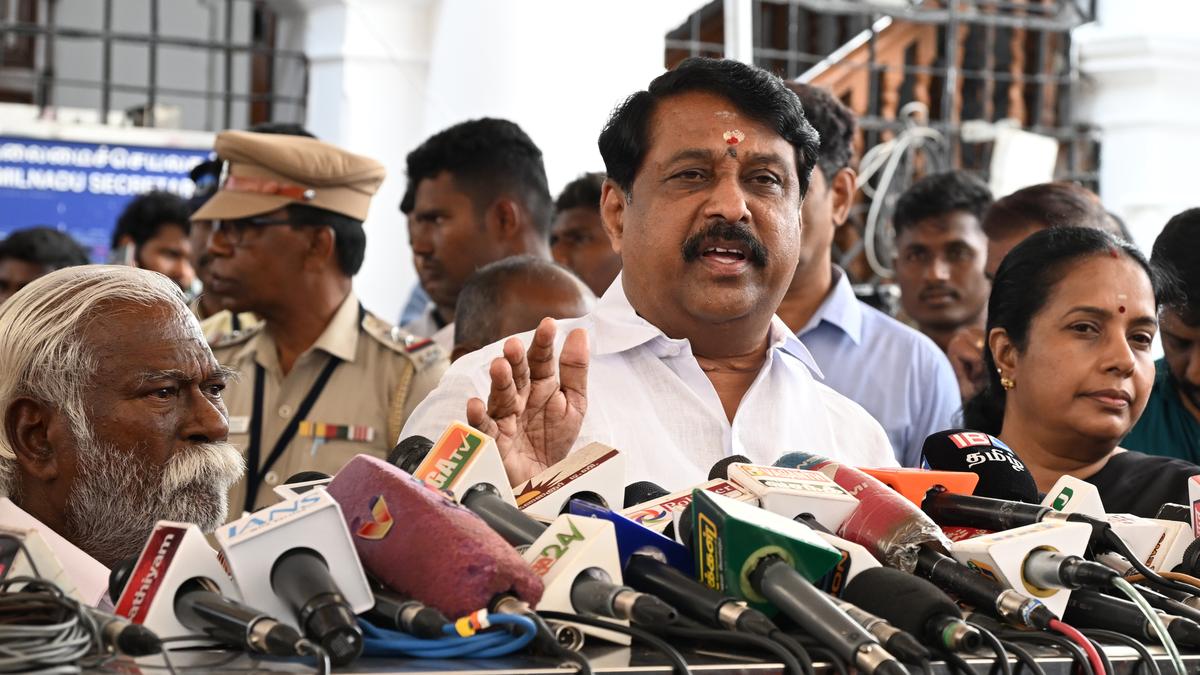Did you know that on an average, individuals check their mobile phones 60-70 times a day, amounting to nearly 10 years of a 90-year lifespan lost to scrolling and responding?
FOMO (Fear of Missing Out), binge-watching, and nomophobia (no-mobile anxiety) are among the most common manifestations of digital overuse, said Manoj Kumar Sharma, professor of Clinical Psychology and director of the Service for Healthy Use of Technology (SHUT) Clinic at NIMHANS, who spoke on “Disconnect to Reconnect: Finding Balance in a Digital World” at the second Community Connect programme organised by NIMHANS at Lalbagh on Saturday.
‘Digital fasting’
Pointing out that excessive screen use is associated with sleep delays, eye strain, musculoskeletal issues, reduced physical activity, vitamin D deficiency, and psychological distress, Dr. Sharma said it is advisable to practice “digital fasting” by consciously staying away from screens for 30–40 minutes a day.
Underscoring how deeply technology has permeated everyday life, he introduced the participants to emerging phenomena such as Phantom Vibration Syndrome (a neurological phenomenon where a person feels a mobile phone vibrating when it is not, often due to excessive use), Zero Inbox Syndrome (constant email checking to ensure that nothing is left unread), Digital Amnesia (the tendency to forget information that is easily accessible through digital devices like the internet and smartphones) and Smartphone Lavatory Syndrome (refers to the range of negative health consequences resulting from using a smartphone while in toilet).
Suggested strategies
To counter these challenges, Dr. Sharma emphasised three practical steps: Awareness, Acknowledgment, and Action. “Suggested strategies include engaging in face-to-face interactions, hobbies, and outdoor activities; maintaining 60–90 minutes of daily physical activity without gadgets; setting healthy digital boundaries - such as sleeping without mobile phones nearby, taking regular screen breaks, and using wellbeing apps to track usage,” he pointed out.
Dr. Sharma further encouraged participants to cultivate JOMO (Joy of Missing Out) - finding contentment without constant digital engagement - and to take care of physical wellbeing. He emphasised the importance of blinking regularly and taking breaks to prevent eye strain, neck stiffness, or back pain.
The session was organised by the Departments of Mental Health Education, Psychiatric Social Work, and Clinical Psychopharmacology and Neurotoxicology at NIMHANS, in collaboration with the State Department of Horticulture.
A short demonstration of exercises for physical wellbeing was followed by an introduction to the services of the NIMHANS SHUT Clinic, located at the NIMHANS Centre for Well Being, BTM Layout, Bengaluru. Participants were urged to make use of the dedicated Digital Detox Helpline – 9480829675 -- for support.
Next session
The next Community Connect will be held on September 20 at Lalbagh to mark World Suicide Prevention Day. Prabha Chandra, Senior Professor of psychiatry and Dean of Behavioural Sciences at NIMHANS, will lead the session.



.png)
.png)
.png)
















 1 week ago
8
1 week ago
8








 English (US) ·
English (US) ·